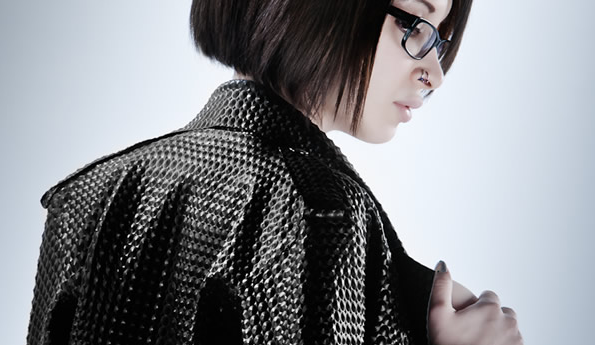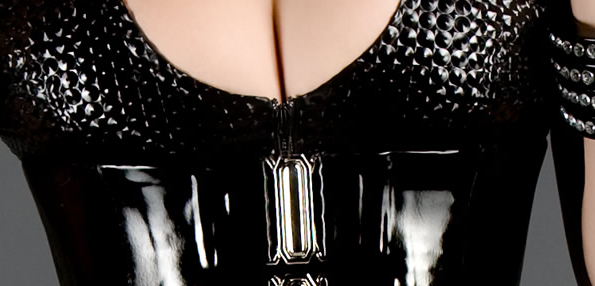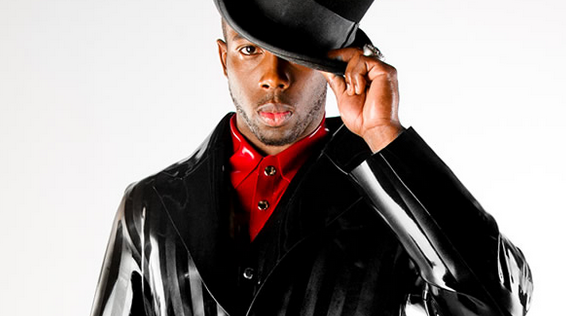Latex bodysuits play a significant role in the art of latex clothing design. Here are some aspects of the artistry involved in designing latex bodysuits:
1. Material Expertise: Latex is a unique material that requires specialized knowledge and expertise in its handling and manipulation. Latex clothing designers must understand the properties of latex, such as its stretch, thickness, and shine, and how these characteristics impact the design process. They work with different types and grades of latex to achieve desired effects and create comfortable and durable bodysuits.
2. Pattern Making and Construction: Designing latex bodysuits involves intricate pattern making and construction techniques. Designers create precise patterns that accommodate the contours of the body, taking into account stretch and movement. They cut and assemble the pieces, utilizing techniques like bonding, gluing, or sewing, to create seamless or minimally seamed bodysuits that provide a smooth and flawless appearance.
3. Customization and Tailoring: Latex bodysuits often require customization to fit individual body shapes and sizes. Designers may offer made-to-measure services, taking detailed measurements to create bodysuits that provide the perfect fit. They also consider customization options such as adjustable straps, zippers, or lacing to ensure comfort and ease of wear.
4. Design Elements and Details: Latex bodysuits can incorporate various design elements and details to create visually striking pieces. Designers may add cutouts, panels, appliqués, or textured surfaces to enhance the aesthetic appeal of the bodysuit. They may also incorporate elements like collars, cuffs, or harnesses to create a more elaborate and unique design.
5. Finishing and Polishing: Proper finishing and polishing techniques are crucial in the art of latex clothing design. Designers pay attention to the final touches of the bodysuits, ensuring smooth seams, clean edges, and a flawless surface. They use specialized products and techniques to enhance the shine and appearance of the latex, giving the bodysuits their characteristic glossy finish.
6. Innovation and Experimentation: The art of latex clothing design constantly evolves through innovation and experimentation. Designers push the boundaries of traditional latex design, exploring new techniques, textures, and finishes. They experiment with color, prints, and unconventional applications of latex to create unique and avant-garde bodysuits.
7. Collaboration and Conceptualization: Designing latex bodysuits often involves collaboration with other artists, such as photographers, models, stylists, and performers. Designers work closely with these collaborators to conceptualize and realize their artistic vision. They consider how the bodysuit interacts with the overall visual narrative, creating a harmonious and cohesive artistic expression.
The art of latex clothing design goes beyond simply creating functional garments. It requires a deep understanding of the material, technical expertise, and a keen eye for design aesthetics. Designers merge creativity, craftsmanship, and innovation to produce latex bodysuits that are not only visually stunning but also embody the wearer’s identity, desires, and artistic expression.



